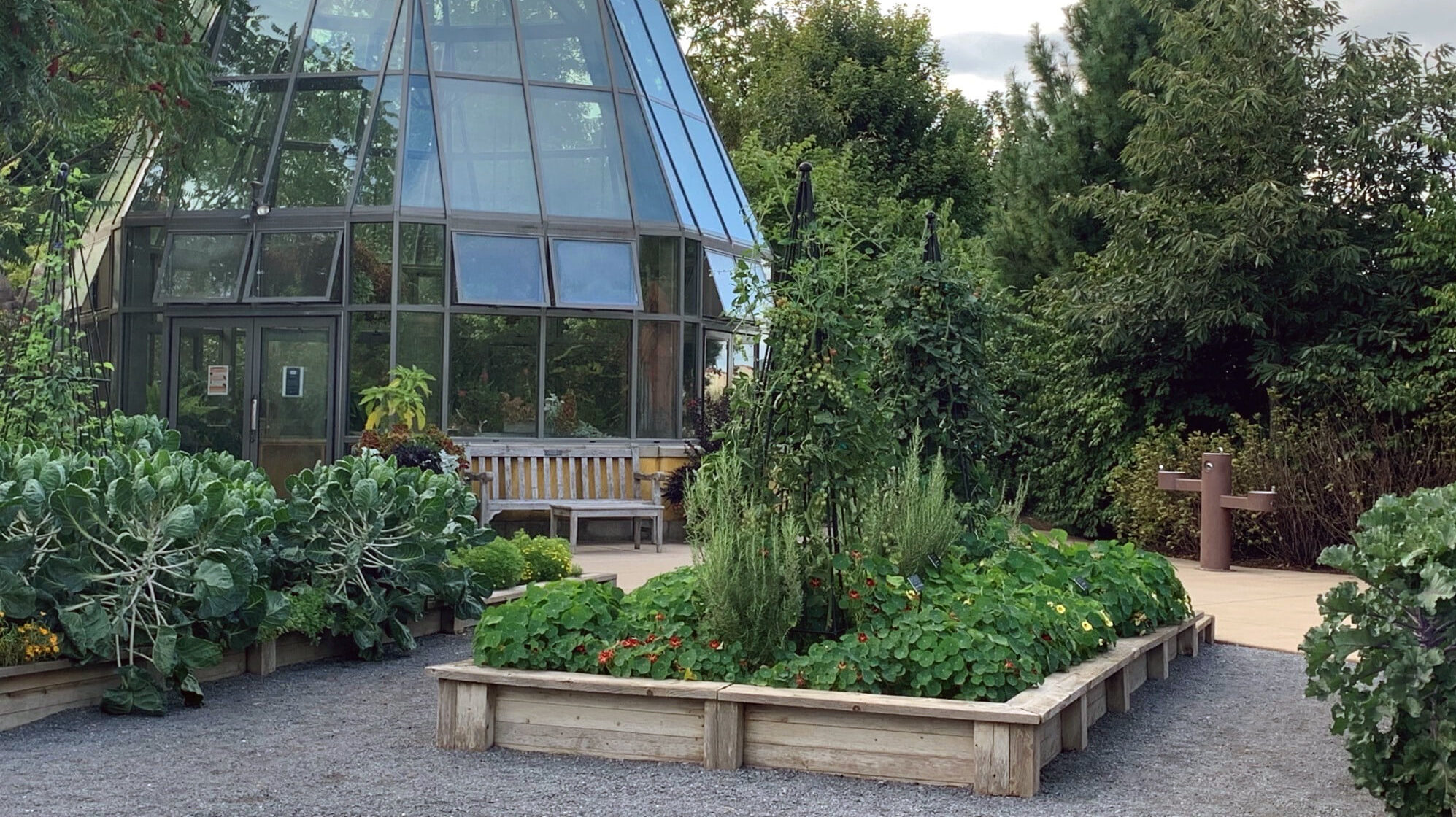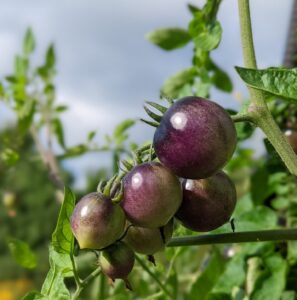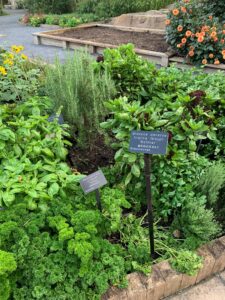
Insight from the Arboretum
We recently caught up with Kelly Oleynik, development assistant and volunteer coordinator for The Arboretum at Penn State. Kelly talked about the impact of the Arboretum’s Harvest Gardens. Here’s what she said:
Tell me about yourself and your role with the Arboretum.
I’ve served the Arboretum for the past 6 years as the development assistant and volunteer coordinator. My position is split between development (supporting our director through stewardship and donor engagement) and outreach — as the coordinator of the Volunteer Program, group visits, and back-up administrative support.
Can you tell me about the gardens and the types of vegetables that are grown every year?
 The harvest beds in both the Childhood’s Gate Children’s Garden and the Pollinator and Bird Garden were made possible by donor gifts/sponsorship.
The harvest beds in both the Childhood’s Gate Children’s Garden and the Pollinator and Bird Garden were made possible by donor gifts/sponsorship.
Rychele Stipcak, who is one of our gardeners, put it best: “The crops grown in the Pollinator and Bird Garden are typically chosen based on if they require pollination to produce fruits — think zucchini, tomatoes, squash, okra, cucumbers. However, for aesthetic purposes and for funsies, we grow many other types of vegetables too. I particularly love growing leeks and onions. I try to use my vegetable variety choices and planting layout to spark interest in the public, so you may see some whimsical shapes in the displays.”
Gardener Ted Zeljak said, “In the Children’s Garden, I try to find newest varieties on the market, so people get to see something new. I like when people are surprised to see a different color or shape than what they are used to. My design is more of a country vegetable/flower garden. I try to pack in as much in the space as I can while giving the plants enough space to grow.”
Who helps to maintain the gardens throughout the season?
In addition to the employees at Penn State’s Office of the Physical Plant, we have garden volunteers who, under the guidance of staff, tend to the general maintenance of the gardens (weeding, pruning, planting, harvesting, etc.). We have amazing volunteers!
How do the Harvest Gardens help support the public?
 We plant these crops to help support our programs in the Children’s Garden — and the abundant output supports those in need within our local community. We use the produce in the gardens as a means of discovery by hosting “harvest tastings.” Some people think those little carrots in the bag grow that way! We also use the harvest for educational purposes — for example, we planted a 3-sisters garden derived from the Native Americans’ practice of planting beans, corn, and squash together. We can use the gardens and the harvest to tell the story of Native Americans in Central PA and how they lived off the land and were stewards of the environment.
We plant these crops to help support our programs in the Children’s Garden — and the abundant output supports those in need within our local community. We use the produce in the gardens as a means of discovery by hosting “harvest tastings.” Some people think those little carrots in the bag grow that way! We also use the harvest for educational purposes — for example, we planted a 3-sisters garden derived from the Native Americans’ practice of planting beans, corn, and squash together. We can use the gardens and the harvest to tell the story of Native Americans in Central PA and how they lived off the land and were stewards of the environment.
Can you calculate how many pounds of food you have donated over the years?
Since 2018, we have donated nearly 5,700 lbs. of fresh produce to the State College Area Food Bank. The produce is available for individuals to pick out for themselves or to help sustain their families.
How do you think this program impacts our community?
If you’re in need, you may limit your food choices due to expense and shop only for staples that will go far and have a long shelf-life such as peanut butter or canned goods. Being able to incorporate fresh produce provides a more well-balanced and nutritious diet with more dietary options — and in many cases, better ones.
Thanks from the State College Food Bank
Allayn Beck, executive director of the State College Food Bank, shared her thoughts about the program:
The State College Food Bank is beyond grateful for the produce we receive from the Penn State Arboretum. It is some of the most beautiful produce we see come through our doors. The individuals and families we help love the freshness and uniqueness of the produce donated.
With the increase in food costs, purchasing fresh produce is becoming harder for the individuals and families we help. The produce from the Arboretum helps provide easy access to healthy, fresh, and unique produce. Most days, the produce will be harvested at the Arboretum, brought to the Food Bank, and sent home with someone that afternoon. It doesn’t get much better than that when you’re eating fresh produce.
One of our favorite items we received this summer was fresh basil. Our building has never smelled so good as the days the Arboretum dropped off fresh basil! Fresh basil can be expensive in the grocery store, and the donations made it possible for some of our clients to take home enough basil to make pesto, something they would not normally be able to afford.
